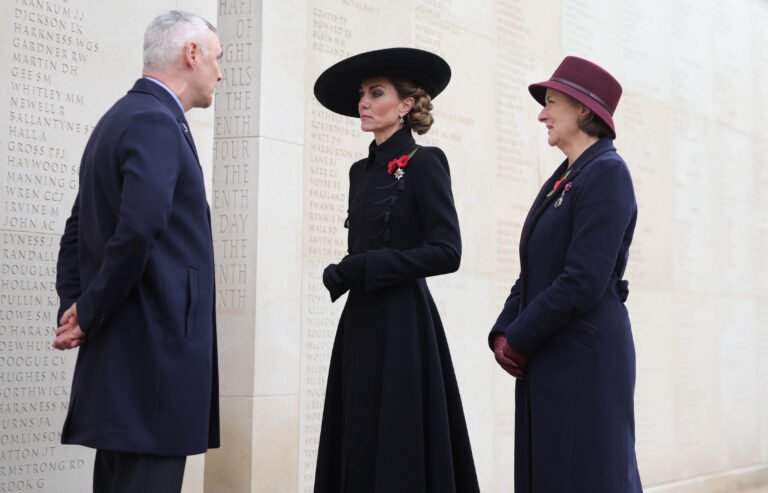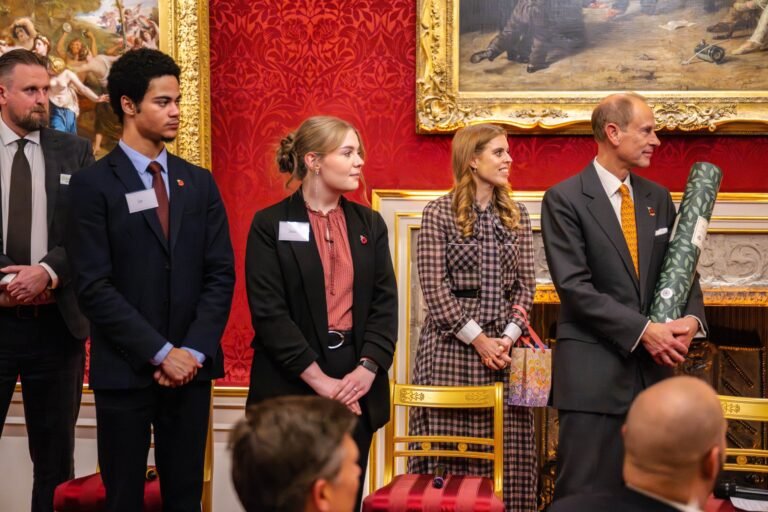The Royal Collection Trust has today announced that it will undertake a three-year project to digitise the letters and papers of Prince Albert, Queen Victoria’s husband.
The Collection hopes it will ‘transform understanding of Prince Albert’s role in national life and his profound influence on Victorian society’ and his place as unofficial Private Secretary, a guide and mentor to his wife.

Aptly named the Prince Albert Digitisation Project, the project should be complete in 2020, making the documents available on the Royal Collection Trust website. Most of the material – all 23,500 items – has never been published before, and comes from the Royal Archives, Royal Collection and the Royal Commission for the Exhibition of 1851.
Official and private papers relating to the Prince Consort will be put into a digital database, along with catalogues of Prince Albert’s private library; inventories of paintings commissioned or collected by Albert; the Raphael Collection, the Prince’s study collection of more than 5,000 prints and photographs after the works of Raphael; and the significant body of early photography collected and commissioned by Prince Albert (more than 10,000 photographs).
TIARA DESIGNED BY ALBERT FOR VICTORIA ON SHOW AT KENSINGTON PALACE
One such letter is that from Albert, following an election for the role of Chancellor of Cambridge University in 1847; the Earl of Powys, had refused to step down from the position, and an election was held, in which the Prince emerged the victor, but not with the resounding majority he would have liked. Albert’s letter of acceptance in the Royal Archives reveals his discomfort with the situation stating: ‘I need scarcely observe, after so recent and public a declaration of my sentiment and feelings with regard to my nomination as a Candidate for that Office, that the Proceedings which have subsequently taken place have been entirely without my sanction.’

In 1848 Britain was hit by a recession Working-class political consciousness was channelled into the support of the People’s Charter of 1838, which included the introduction of the secret ballot and the extension of voting rights to all men over 21 years of age. On 10 April 1848, around 150,000 Chartists gathered on Kennington Common to deliver to Parliament a petition of six million signatures demanding political reform. In a letter written to the Prime Minster, Lord John Russell, on the same day, Prince Albert expresses his concern for the protesters and the causes that affected them.
OSBORNE HOUSE – VICTORIA’S SEASIDE RETREAT
The Prince also shows his concern for the recession and working classes’ People’s Charter, which requested the introduction of the secret ballot and the extension of voting rights to all men over 21. On 10 April 1848, around 150,000 Chartists gathered on Kennington Common to deliver to Parliament a petition of six million signatures demanding political reform.

Commenting on a recent decision to reduce the building works at Westminster Palace and Buckingham Palace and lay off workers, he observes, ‘Surely this is not the time for the Tax Payers to economise upon the Working Classes!’
Both Prince Albert and Queen Victoria were enthusiastic supporters of the new medium of photography and in 1853 became patrons of the recently established Photographic Society. For Albert, photography perfectly combined his love of art, science and technology. He regularly attended Photographic Society meetings, supported the Society’s research, visited exhibitions and purchased works. The consort’s collection contained examples by many pioneering 19th-century photographers, including Roger Fenton, Oscar Gustav Rejlander, Dr Hugh Welch Diamond, George Washington Wilson and Charles Thurston Thompson.
Fittingly the earliest photographs in the Royal Collection are of Prince Albert, including the daguerreotype of 1842 by William Constable, the earliest surviving photograph of a member of the royal family.
From the early 1850s, Albert commissioned photographs to document life in the royal household, family gatherings and visits from important guests. The Royal Family at Osborne by Leonida Caldesi, 1857, shows Queen Victoria, Prince Albert and their nine children at their seaside retreat on the Isle of Wight.

The Prince Albert Digitisation Project is supported by Sir Hugh and Lady Stevenson in honour of the late Dame Anne Griffiths, former Librarian and Archivist to The Duke of Edinburgh, and by the Royal Commission for the Exhibition of 1851. The Bodleian Libraries at the University of Oxford are also assisting, on a post-doctoral research fellowship, building on a previous collaboration to present Queen Victoria’s Journals online.
Oliver Urquhart Irvine, The Librarian & Assistant Keeper of The Queen’s Archives, said: “The Prince Albert Digitisation Project will increase understanding of material held in the Royal Archives, Royal Collection and the Royal Commission for the Exhibition of 1851 and enable a comprehensive study of the life, work and legacy of Prince Albert on a scale that does justice to his contribution to 19th-century Britain and the world.
“We are very grateful to Sir Hugh and Lady Stevenson for their support and look forward to working with our partners to create a resource which will transform academic and public access to this unparalleled collection, and will allow a fresh assessment of this influential man.’
We will see the first set of papers published in the summer of 2019, coinciding with the bicentenary of Prince Albert’s birth.









